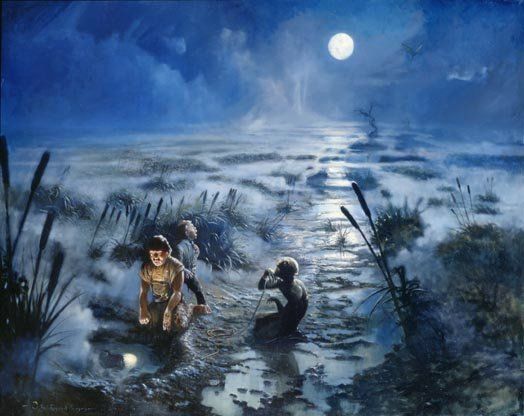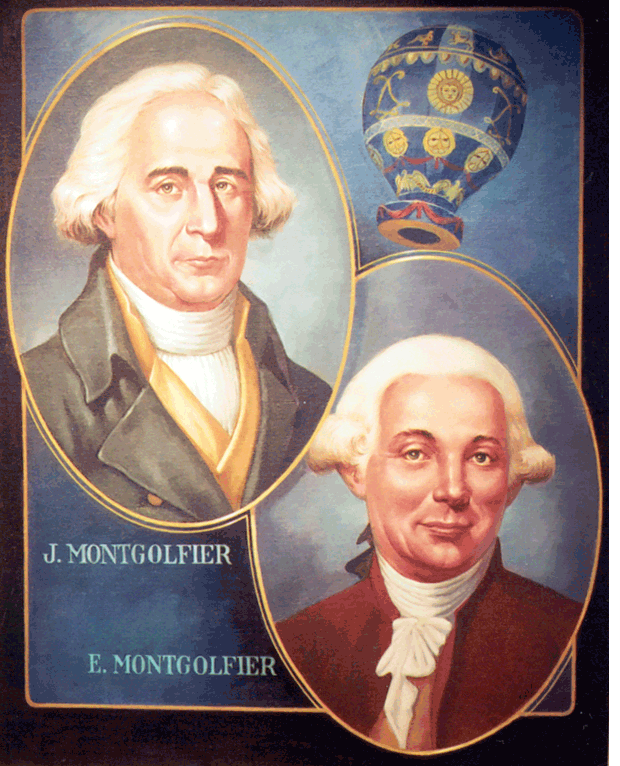As ever, dear readers, welcome.
This posting is a kind of P.S. to the previous belated-Valentine’s Day piece.
After using a Valentine quotation from Chaucer’s The Parlement of Foules (c.1380), I had thought that I would move on to a Renaissance reference, from Shakespeare’s Hamlet (c.1600). The posting was a fairly jolly one, however, and the quotation I was going to use was certainly not. In modern editions, it’s from Act IV, Scene 5, when Ophelia drifts in

and talks and sings in a strange mixture, but, through it all, makes some very pointed references to the death of her father and to her BF, Hamlet’s, treatment of her, as in:
“To morrow is saint Valentines day,
All in the morning betime,
And a maide at your window,
To be your Valentine:
The yong man rose, and dan’d his clothes,
And dupt the chamber doore,
Let in the maide, that out a maide
Neuer departed more.
Nay I pray marke now,
By gisse, and by saint Charitie,
Away, and fie for shame:
Yong men will doo’t when they come too’t
By cocke they are too blame.
Quoth she, before you tumbled me,
You promised me to wed.
So would I a done, by yonder Sunne,
If thou hadst not come to my bed.”
(Hamlet, 1ST Quarto, modern lines 2790-2804)
Because I prefer Elizabethan spelling, I’ve chosen to use the 1st Quarto, the first publication of the play, from 1603.

This is also the so-called “Bad Quarto”, named that because, in contrast to the 2nd Quarto, of 1604, and the Folio, of 1623, it is not only shorter, but has all sorts of quirks, including Polonius being renamed “Corambis”, and a rather different version of Hamlet’s most famous soliloquy, beginning:
“To be, or not to be, I there’s the point,
To Die, to sleepe, is that all? I all.”
I find it a very interesting text in its changes (Hamlet’s mother becomes convinced that her new husband is a murderer, for instance), as much as it’s fun to watch scholars muster arguments this way and that, many of them quite ingenious, about what, exactly, this Quarto is: an early draft? the equivalent of a bootleg? the victim of a mad printer’s devil?

If the latter, then it certainly fits with Ophelia’s behavior—but then Hamlet himself pretends to be mad—

and, as the story progresses, he certainly seems, at times, to be skating at the edge of less-than-calmly-sane reactions himself. In fact, if it weren’t that others had also seen the ghost of Hamlet’s murdered father at the play’s opening,

I’ve sometimes thought about a different play, one in which Hamlet, upset at his father’s sudden death and his mother’s somewhat hasty remarriage to her brother-in-law, has imagined the whole thing and, in his madness, has caused all of the calamities which then happen: the deaths of Ophelia, her father, and her brother and of his uncle and mother, not to mention that of the real stars of the show, Rosencrantz and Guildenstern–

and of Hamlet, himself, of course.

Ophelia’s behavior has been parodied, perhaps most famously by W.S Gilbert (1836-1911)

of Gilbert & Sullivan fame,

in the person of “Mad Margaret”

in Gilbert and Sullivan’s Ruddigore (originally Ruddygore) of 1887.

She, like Ophelia, has been driven mad through misfortune and her strange dress is matched by her odd speech:
“MAR. You pity me? Then be my mother! The squirrel had a mother; but she drank and the squirrel fled! Hush! They sing a brave song in our parts – it runs somewhat thus: (sings)“The cat and the dog and the little puppee Sat down in a – down in a – in a –” I forget what they sat down in, but so the song goes!”
(WS Gilbert, Ruddigore, Act I)
(If you don’t know this operetta, you’ll be happy to learn that, after a startling revelation at the end of Act I, she is reunited with the man who jilted her and the two become sober members of society—with certain zany lapses on her part. If you would like to read the text, here’s a LINK: https://gsarchive.net/ruddigore/libretto.pdf )

As Ophelia appears to have an overabundance of flowers, (each with its own significance, as she points out) as a sign of her distracted state—and which, in fact, will lead to her death,

so one element of Margaret’s dress—the straws sticking out of her hair—

Is supposed to suggest that, in her madness, she’s been a wanderer in body, as in mind. Those straws as a mark of mental instability are, in fact, older than Ruddigore. In 1865, 22 years before the operetta, we see them mixed in with the hair—of a hare.

In that year, an odd book appeared, entitled Alice’s Adventures in Wonderland.

In Chapter VII, the Alice of the title happens upon a peculiar outdoor tea party, whose hosts are this hare and a man in an oversized hat.

She has already had them identified by, of all things, a talking cat

who seems to be able to appear and disappear at will,

and who says of the two:
“In that direction…lives a Hatter: and in that direction lives a March Hare.”
(Alice’s Adventures in Wonderland, Chapter VI)
Alice is aware of the folk belief that, in March, hares are supposed to be mad (something to do with the mating season, it was thought), saying:
“I’ve seen hatters before…the March Hare will be much the more interesting, and perhaps, as this is May, it wo’n’t be raving mad—at least not so mad as it was in March.”
It’s clear, however, that she doesn’t know that the mercury used in the preparation of hats, when inhaled, as it would have been in workshops in 1865, had terrible effects upon those working there, including everything from delirium to personality change and memory loss. From such reactions, the expression “mad as a hatter” had entered the language—and the story. (As usual, by the way, there is argument over the real derivation of the expression, but it appears to me that there may be a confusion over the word “mad”, with its secondary meaning of “angry”. For a rather confused article on the subject, see: https://en.wikipedia.org/wiki/Mad_as_a_hatter )
When she arrives at the party, it’s evident that this is not a standard Victorian tea,

and, by the end of it, as Alice slips away, the hare and the hatter appear to be trying to drown another guest, a dormouse, in the pot.

Perhaps Alice would have been wise to have listened more carefully to all of what the talking cat had said about her hosts:
“ ‘Visit either you like: they’re both mad.’
‘But I don’t want to go among mad people,’ Alice remarked.
‘Oh, you can’t help that,’ said the Cat: we’re all mad here. I’m mad. You’re mad.’
‘How do you know I’m mad?’ said Alice.
‘You must be,’ said the Cat, ‘or you wouldn’t have come here.’ “
It’s a pity no one had said that to Ophelia.
So, as always, thanks for reading.
Stay well and avoid men with oversized hats and poor table manners
And know that, as ever, there’s
MTCIDC
O
ps
In case you’d like to read that rather different Hamlet, here’s a LINK: https://internetshakespeare.uvic.ca/doc/Ham_Q1/scene/1/
pps
And here’s an Alice text with the original Tenniel illustrations in place: https://www.alice-in-wonderland.net/wp-content/uploads/alice-in-wonderland.pdf












































